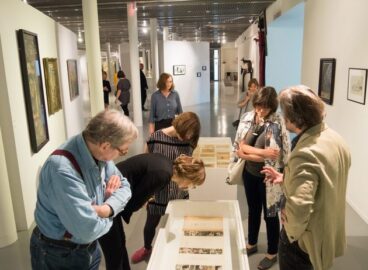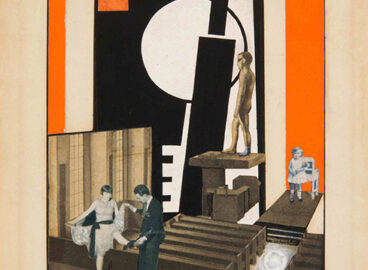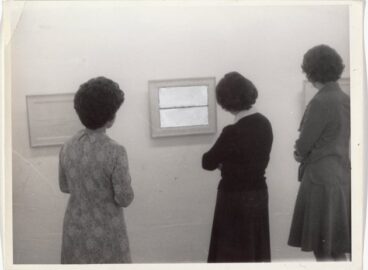Travelers’ Tales: C-MAP Research in Warsaw, Łódź, and Berlin
Members of MoMA’s C-MAP Central and Eastern European group reflect on their research trip to Warsaw and Łódź, Poland and Berlin, Germany, which took place in late May / early June, 2016. Over the course of a week, the 14 travelers met with over 70 individuals, including artists, curators, dealers, and art historians; conducted two…



